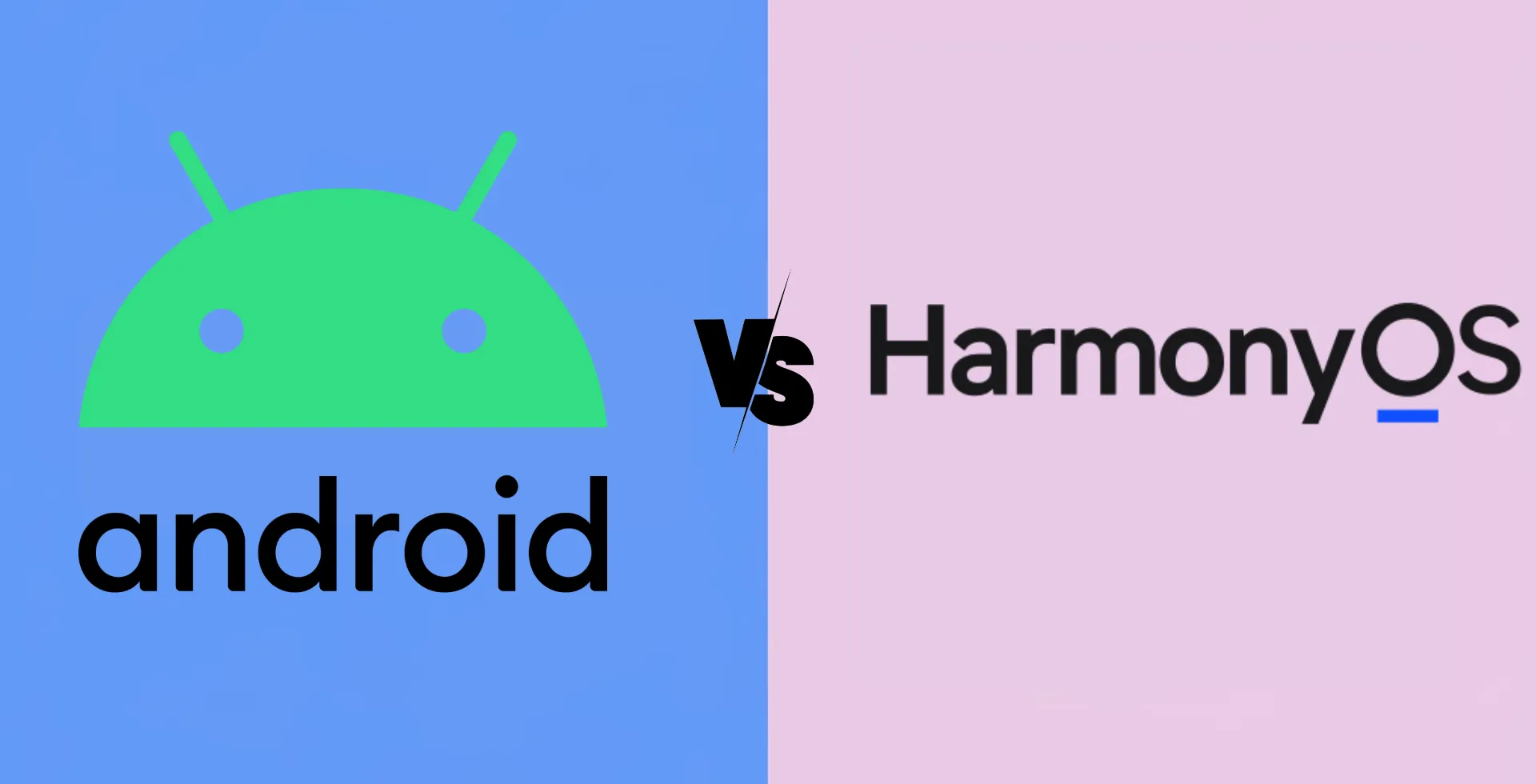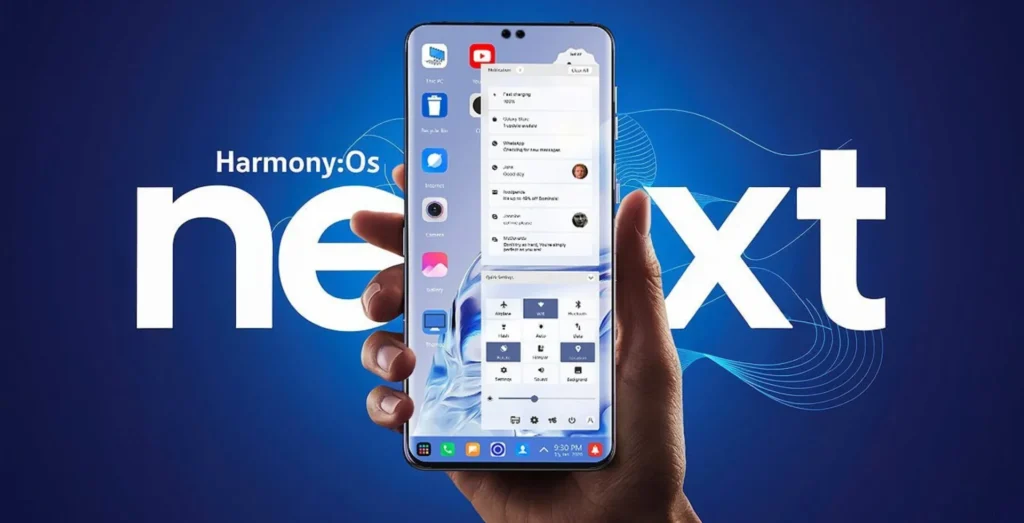
Huawei’s ambitious operating system, HarmonyOS, aka HongmengOS in China, is targeted at introducing many different devices under one ecosystem. Since its launch in 2019, HarmonyOS has gained attention as a competitor to Android. However, does HarmonyOS beat Android with functionality and user experience?
What Is HarmonyOS?
Huawei has developed a distributed operating system called HarmonyOS that can run on smartphones, tablets, smartwatches, smart TVs, and IoT devices.
We provide an integrated solution that supports Huawei’s vision of a seamless, unified, optimal user experience across the integrated ecosystem of devices.

Features of HarmonyOS
Distributed Architecture
With HarmonyOS, it’s easy for devices to share resources and capabilities. Your phone’s camera can be tapped by your smartphone using the tablet’s camera, and your smartwatch can reflect phone notifications.
Microkernel Design
HarmonyOS uses a microkernel architecture to improve security and performance. Unlike Android’s monolithic kernel, which is responsible for all system functions, HarmonyOS limits the kernel’s responsibilities, resulting in a much lower chance of crashes and vulnerabilities.
Cross-Device Compatibility
HarmonyOs is designed to work on different devices within an integrated ecosystem that merges IoT devices, smart TVs, and mobile devices.
Adaptive UX
The interface of HarmonyOS depends upon the form factor and screen size, however the platform offers the same experience on a smartwatch and a smart TV.
App Ecosystem
HarmonyOS can run Android apps via the Android Open Source Project (AOSP), but it is recommended that native apps tuned for HarmonyOS by Huawei be built.
How does HarmonyOS compare to Android?
Ecosystem Integration
- HarmonyOS: It features strong cross-device integration and perfectly suits users who own multiple Huawei devices.
- Android: It offers ecosystem capabilities but is broken up between manufacturers with different implementations and customizations.
Security
- HarmonyOS: The theory of microkernel provides better in theory security and a smaller attack surface.
- Android: Google’s updates are extensive, but the monolithic kernel is more vulnerable to exploits.
App Availability
- HarmonyOS: Large app ecosystem but not present with scale-like Google Play Store. But you can run Android apps, though it may not be the same as a phone.
- Android: Optimized for the platform’s massive app library with millions of apps.
Customization
- HarmonyOS offers flexibility in exchange for a tightly controlled system biased towards Huawei.
- Android is the world’s most customizable operating system for developers, users, and manufacturers.
Global Reach
HarmonyOS: It’s limited to Huawei devices and has been adopted in China for now.
Android: Supported by countless manufacturers and developers, global domination.
Is HarmonyOS Better than Android?
The answer depends on what you’re looking for:
- If you are all in with Huawei’s ecosystem and care deeply about seamless device integration and less secure offerings, choose HarmonyOS.
- If you favor app access, global compatibility, and customization options, stick with Android.
Final Thoughts
HarmonyOS is a good first option for Android alternatives, but it’s very early days for the ecosystem and it’s adoption. HarmonyOS brings new benefits for Huawei users especially regarding ecosystem integration and security. Yet Android beats out Windows Phone as it reaches a wider audience, has a much larger app store, and is more versatile.
It will all come down to what device you’re most comfortable with, what ecosystem you feel comfortable in, and what you’re willing to change to keep up with this new technology.
















